Enhanced patient scanning experience.

CBCT & Intraoral Scanning
At DTA, we connect patients with clinics that use advanced imaging technologies such as 3D CBCT scans and digital intraoral scanners. These tools provide detailed pictures that help dentists in making precise treatment plans and diagnosing issues. With this technology, dentists can clearly assess the jaw, tooth roots, nerves, and overall bone structure, leading to safer and more predictable results.

Clinics that offer CBCT & Intraoral Scanning

Tirana
St. Ilo Mitke Qafzezi

Vlorë
St. Sadik Zotaj

Vlorë
St.Mustafa Bello

Durrës
Blv Dyrrah
What Is 3D CBCT Scanning?
Sometimes, standard dental or facial X-rays do not provide enough detail for certain procedures. In these cases, a specialised type of imaging such as CBCT scan is used. CBCT (Cone Beam Computed Tomography) is commonly used for planning orthodontic treatments and for evaluating more complex dental and facial conditions. It is especially helpful for diagnosing TMJ problems, assessing impacted teeth before surgery, and examining the sinuses, nasal cavity, nerve canals, and jaw structure. This scanner is not used frequently because the radiation exposure is much higher than that of standard dental x-rays.
What Is Intraoral Scanning?
Intraoral scanning is a modern alternative to traditional dental impressions. An intraoral scanner is a handheld device that captures a precise 3D model of your teeth and gums. The device provides accurate details of the hard and soft tissues located in the oral area through high-quality images. This process is comfortable, fast, and highly accurate, eliminating the discomfort of impression trays. It only takes a minute or two to scan, and the system will be able to produce a detailed digital impression. Digital scans are commonly used for veneers, crowns, aligners, bridges, smile design, and restorative treatments.
Benefits
3D imaging offers dentists a complete view of the mouth and jaw.
Better placement for dental implants.
A lower risk of complications.
Precised treatment planning.
Increased Accuracy.
How DTA helps
- Book Free Consultation: Tell us your dental goals, and then upload any X-rays or CBCTs of your teeth into our contact form.
- Compare our clinics: Browse through the verified clinics listed on the DTA website. After which, we will shortlist matches and seek out itemised quotes for you.
- Lock in promotions: We coordinate with clinics to give you affordable treatments at great value, and all you need to do is confirm the dates, and leave the clinic scheduling and local logistics to us.
- Aftercare & warranty: We document who handles adjustments and timeframes, so that you always know exactly what is covered!
For a step-by-step guide to your DTA journey, please consult our “How It Works” page. Or, if you have any more questions for us, we welcome you to contact us!
Questions
Does CBCT have reduced radiation exposure?
No. CBCT does not have reduced radiation exposure compared to standard dental X-rays. However, CBCT does use much less radiation than a full medical CT scan. For this reason, it is only used when a detailed 3D view is necessary.
Does an intraoral scan hurt?
No, intraoral scanning is completely painless. It involves moving a small camera around the mouth without any pressure or discomfort.
What treatments require CBCT imaging?
CBCT scans are commonly used for dental implants, root canal treatments, orthodontics, wisdom tooth evaluation, and surgical planning.
Are digital scans more accurate than traditional impressions?
Yes, intraoral scanners provide highly precise digital models, reducing errors and improving the fit of restorations such as veneers, crowns, and aligners.
Cities That Offer 3D CBCT Scanning / Intraoral Scanning
Checkout dental clinics in these cities that offer 3D CBCT Scanning / Intraoral Scanning

